Welcome to the professional spine clinic

Managing Physiotherapy Expenses, embarking on a journey of physical rehabilitation through physiotherapy is not just a commitment to one’s health but also navigating through the intricate landscape of healthcare costs. The realm of physiotherapy, with its diverse treatment modalities and personalized care, is intertwined with cost dynamics influenced by factors ranging from treatment settings to therapeutic techniques. Understanding these cost dynamics is not just about financial planning but also about empowering patients to make informed decisions that optimize both their health outcomes and financial well-being.
Physiotherapy, a vital component of healthcare for many individuals, encompasses a range of factors that contribute to its cost dynamics. Understanding these elements can help patients navigate their treatment options more effectively while managing financial considerations.
The cost variations between treatment settings reflect the resources and infrastructure required for different types of physiotherapy delivery. In-clinic sessions typically involve overhead costs such as facility maintenance, administrative staff, and equipment upkeep, which contribute to the overall pricing. Home visits, on the other hand, may incur additional expenses related to travel time, specialized equipment brought to the patient’s location, and personalized care outside the clinic environment. Teletherapy, leveraging digital platforms for remote sessions, offers convenience but may involve technology setup costs and subscription fees for telehealth services. Community-based programs, while often more affordable, rely on public or nonprofit funding and may have limited availability based on geographical location.
The expertise and credentials of physiotherapists reflect years of education, training, and professional development, all of which contribute to their service fees. Advanced certifications in specialized areas such as sports rehabilitation, neurological disorders, or pediatric physiotherapy indicate a higher level of expertise and may warrant higher charges due to the specialized knowledge and skills required. Furthermore, a physiotherapist’s reputation within the medical community and their track record of successful patient outcomes can also influence pricing, as patients often seek out experienced professionals for quality care and results.
The duration and frequency of physiotherapy sessions are tailored to each patient’s needs, but they also impact the overall cost structure. Intensive rehabilitation programs designed for post-surgical recovery or complex conditions may require more frequent sessions initially, gradually tapering off as the patient progresses. Extended session durations, such as hour-long sessions versus standard 30-minute appointments, can also affect costs. Balancing the intensity and frequency of sessions with budget considerations is part of the collaborative decision-making process between the physiotherapist and the patient to optimize outcomes while managing financial commitments.
The use of diagnostic tools and therapeutic equipment adds value to physiotherapy treatments but also contributes to costs. Advanced equipment such as electromyography (EMG) machines for assessing muscle function, ultrasound devices for deep tissue therapy, or computerized gait analysis systems for biomechanical assessments requires investment and expertise to operate effectively. Similarly, specialized modalities like dry needling, cupping therapy, or kinesiology taping involve additional consumables and training, which may be reflected in service fees. Patients benefit from these technologies and techniques, but it’s essential to discuss their necessity and cost implications during treatment planning.
Physiotherapy encompasses a range of modalities and techniques tailored to address specific musculoskeletal, neurological, or systemic conditions. Each modality, whether it’s manual therapy, therapeutic exercises, electrotherapy modalities like TENS (transcutaneous electrical nerve stimulation), or complementary approaches like acupuncture, carries its own cost considerations. Some modalities may require specialized training or certification, affecting pricing. Patients should engage in dialogue with their physiotherapist to explore the benefits, risks, and costs associated with different treatment options, ensuring alignment with their goals and preferences.
Healthcare regulations and tax policies vary by region and can influence the pricing structure of physiotherapy services. In some areas, government subsidies or insurance coverage may offset costs for certain patient populations or specific treatments. Understanding these regulations helps patients navigate insurance claims, out-of-pocket expenses, and potential reimbursement processes. Additionally, taxes levied on healthcare services can impact overall costs, highlighting the importance of transparency in pricing and financial communication between healthcare providers and patients.
Group sessions and educational workshops offer opportunities for collaborative learning and shared experiences among patients. These sessions, led by physiotherapists or interdisciplinary teams, can focus on condition-specific exercises, pain management strategies, or lifestyle modifications. Group settings often reduce individual session costs while providing peer support and motivation, particularly beneficial for chronic conditions or long-term rehabilitation programs. Patients can inquire about group session availability and assess the value of collective learning and social interaction in their treatment journey.
Referrals from primary care physicians, specialists, or allied healthcare professionals contribute to comprehensive care but may also impact costs. Collaborative approaches involving physiotherapists working alongside chiropractors, orthopedic surgeons, pain management specialists, or mental health professionals enhance treatment outcomes but may involve coordinated fees or shared care models. Patients should discuss referral pathways and collaborative arrangements with their healthcare team to understand the scope of services, continuity of care, and financial implications, ensuring a holistic and cost-effective approach to their physiotherapy treatment plan.
By delving into these nuanced aspects, patients gain a deeper insight into the factors influencing physiotherapy costs and can engage more meaningfully in their treatment journey, optimizing outcomes while managing financial considerations effectively.
Navigating the managing physiotherapy expenses landscape of physiotherapy requires a strategic approach that prioritizes both clinical effectiveness and financial prudence. Here are key strategies for patients to tackle the cost conundrum:
By taking a proactive and informed approach to physiotherapy costs, patients can not only navigate their treatment journeys effectively but also contribute to shaping a healthcare system that prioritizes quality, affordability, and patient-centered care.
Understanding the diverse factors that influence physiotherapy costs empowers patients to make informed decisions. By considering treatment settings, therapist expertise, session frequency, equipment uses, and regulatory factors, patients can optimize their treatment plans while managing costs effectively. Transparent communication with healthcare providers about pricing, treatment options, and potential financial support ensures a balanced approach to care. Deciphering these cost dynamics enables patients to achieve desired outcomes while navigating healthcare confidently.
1. Why do physiotherapy costs vary between different treatment settings?
Physiotherapy costs vary based on factors such as overhead expenses in clinics, additional costs for home visits or teletherapy, and funding sources for community-based programs. Each setting has its unique infrastructure and resource requirements, influencing the overall pricing.
2. How can patients navigate insurance coverage and financial assistance for physiotherapy?
Patients are encouraged to review their insurance coverage, including physiotherapy benefits and out-of-pocket expenses. Utilizing health savings accounts (HSAs), flexible spending accounts (FSAs), or exploring government subsidy programs can help offset costs and manage financial burdens.
3. What proactive strategies can patients adopt to manage long-term physiotherapy costs?
Incorporating preventive measures, lifestyle modifications, and self-care practices can reduce the need for extensive physiotherapy interventions over time. Proactive management of health conditions contributes to long-term wellness and may mitigate future healthcare expenses.


Call us at
9870379001